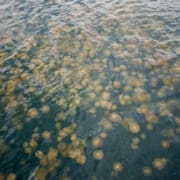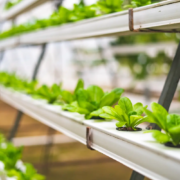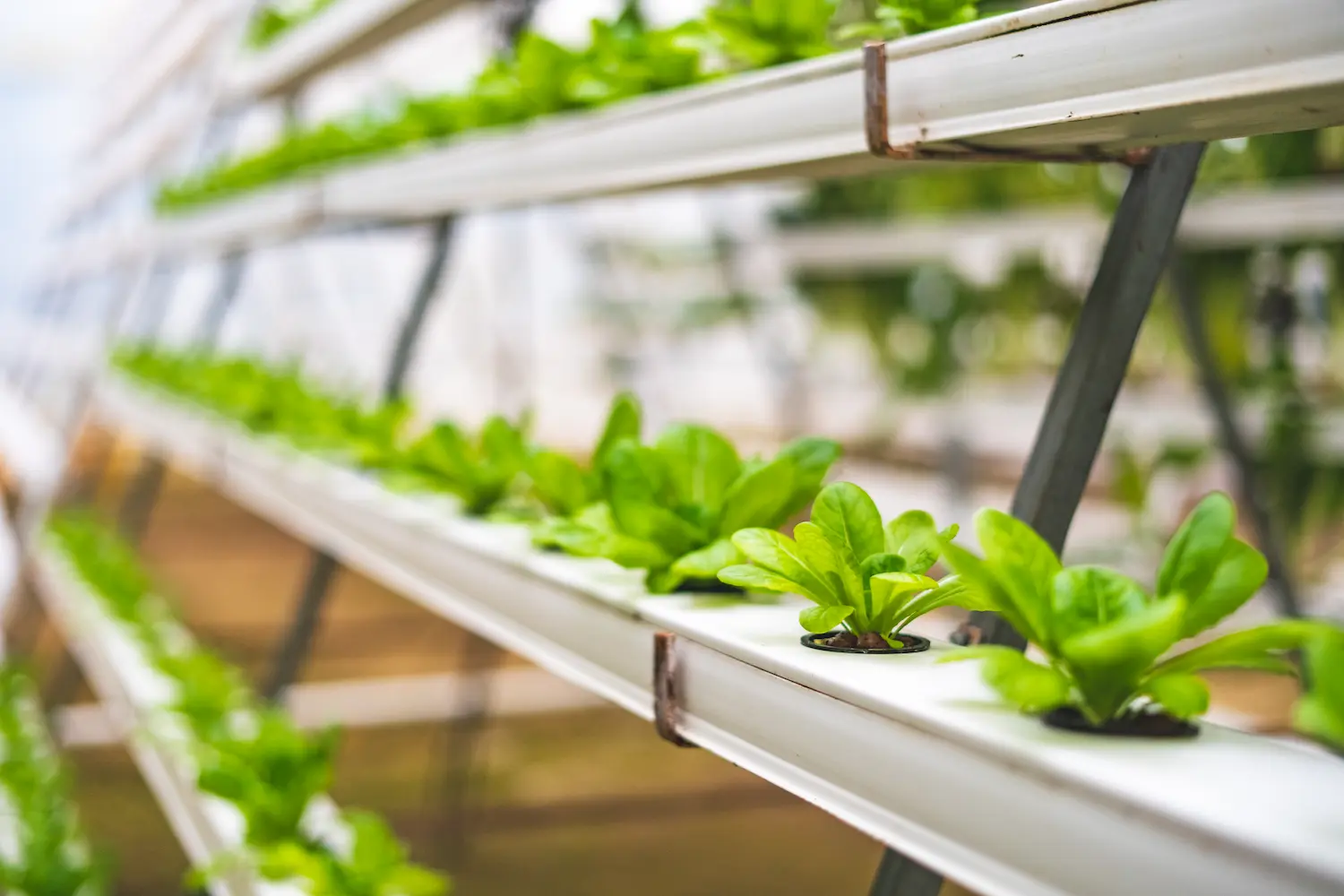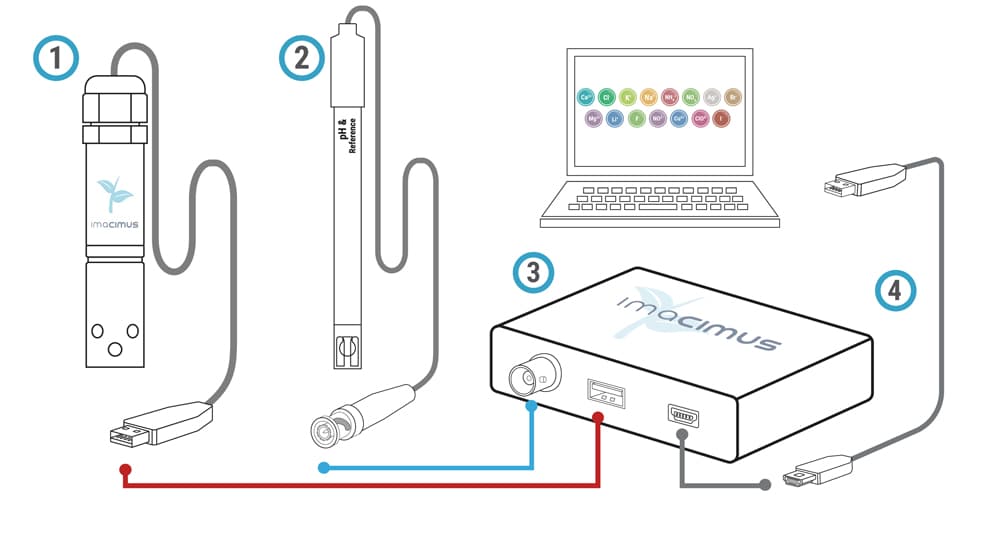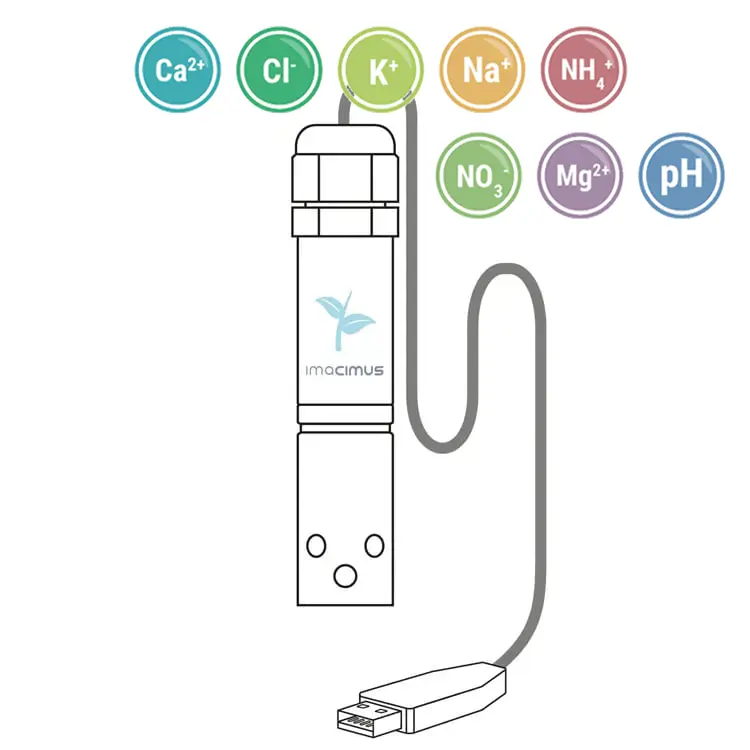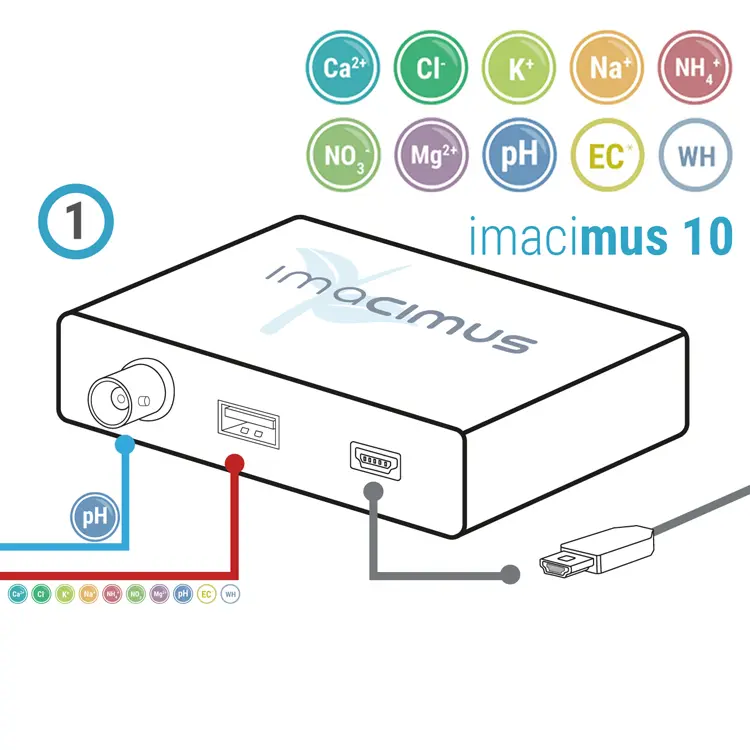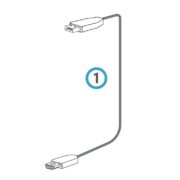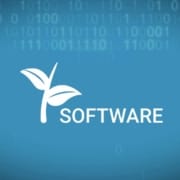Science to save the Mar Menor:
Science to save the Mar Menor: The innovative automatic ion analyzer AMIC7
The innovative AMIC7 automatic ion analyzer is the necessary tool to combat water pollution in the Mar Menor, a region of Murcia, Spain, known for its crystal clear waters and rich marine life
Join us on this journey to learn how this find can be the savior of the Mar Menor.
The Mar Menor, a natural paradise in the region of Murcia, Spain, is known for its crystal clear waters and rich marine life. In recent years, however, it has fallen victim to serious pollution due to the presence of nutrients such as ammonium, nitrogen and others, which can have harmful effects on the ecological balance of the ecosystem.
To combat this problem, our scientists have developed an automatic AMIC7 ion analyzer that generates solutions to measure the levels of these nutrients in the water of the Mar Menor and in all fertigation and leachate processes that can generate an excess of input. This device is crucial to detect early pollution and take measures to protect biodiversity and water quality in the area.
Ammonium, nitrogen, among others, are essential nutrients for the growth of algae and other aquatic organisms, but in excess they can be harmful to the ecological balance of the ecosystem. If there are too many nutrients in the water, an algal overload can occur, which in turn can deplete oxygen and create “dead zones” where marine life cannot survive. Thanks to the automatic ion analyzer, scientists can accurately measure ammonium and nitrogen levels in Mar Menor water, allowing water managers to take immediate action to prevent pollution and protect the health of the marine ecosystem. This device is a valuable tool for long-term monitoring of water quality in the Mar Menor.
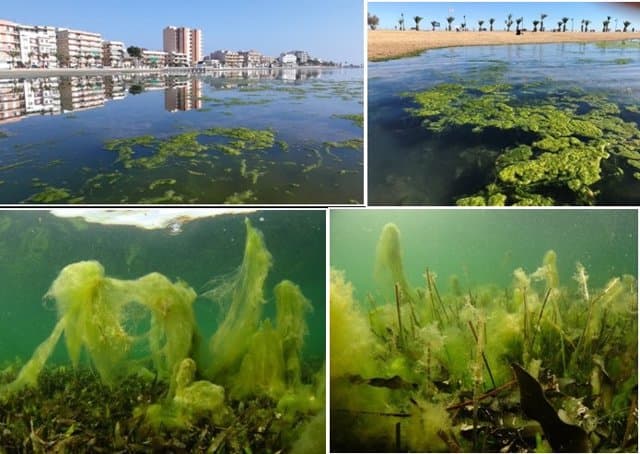
The recovery of the Mar Menor will be a “very long process
complex” and will last for decades
By measuring nutrient levels in water on a regular basis, trends and patterns can be detected over time and resource management adjustments made to protect the area’s biodiversity. In conclusion, the automatic ion analyzer is a vital tool in the fight against water pollution in the Mar Menor. By allowing accurate, real-time measurement of nutrient levels, immediate action can be taken to protect the marine ecosystem and maintain water quality in the area.
With the help of this technology and responsible resource management, we can ensure the conservation of the Mar Menor and its rich biodiversity for future generations. Discover how a revolutionary automatic ion analyzer can be the solution to restore water quality in the Mar Menor.
This innovative device generates precise solutions in real time to combat pollution caused by ammonium, nitrogen and others. Thanks to its efficiency and speed, it can be a crucial tool for protecting the environment and aquatic life in the Mar Menor.

